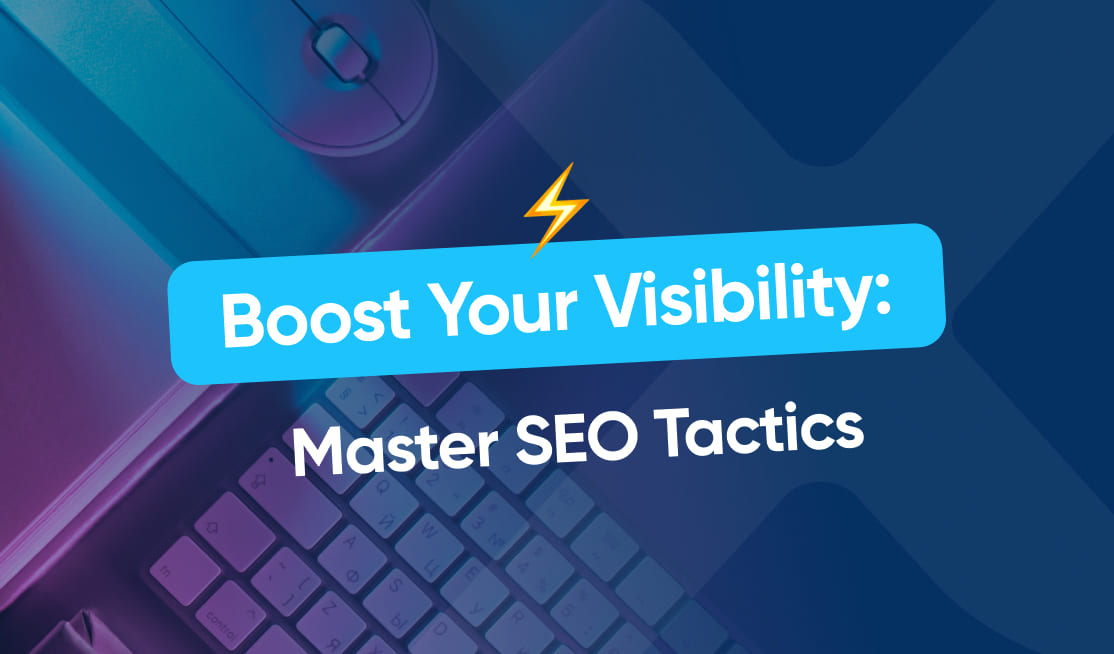
In today’s fast-paced digital world, website load times play a crucial role in the success of any online venture. A slow-loading website can significantly impact user experience and even affect search engine rankings. That’s why understanding the importance of website load times and performance metrics is vital for every website owner or developer.
The Importance of Website Load Times
Website load times are not just about convenience; they directly impact user experience and, consequently, your website’s success. No one likes to wait for a website to load. In fact, studies have shown that even a one-second delay can result in a significant increase in user frustration and bounce rates. On the other hand, a fast-loading website can boost user engagement, reduce bounce rates, and improve conversion rates.
Impact on User Experience
When users visit a website, they expect it to load quickly. Slow-loading pages can lead to impatient visitors who are likely to abandon your site in search of faster alternatives. Moreover, a slow website can erode trust and credibility, leaving visitors with a negative perception of your brand. On the contrary, a fast-loading site provides a seamless experience, keeping users engaged and more likely to return in the future.
Imagine a scenario where a potential customer is searching for a product or service that your website offers. They come across your website in the search results and eagerly click on the link, excited to explore what you have to offer. However, if your website takes too long to load, their excitement quickly turns into frustration. They may decide to leave your site and look for alternatives, resulting in a lost opportunity for your business.
Furthermore, slow-loading websites can have a detrimental effect on user satisfaction. Users expect instant gratification and have little patience for delays. If your website fails to meet their expectations, they may form a negative opinion about your brand, assuming that your company lacks professionalism or is technologically outdated. This negative perception can be difficult to overcome and may lead to a loss of potential customers.
Effect on SEO Rankings
Search engines, like Google, take website load times into account when determining search engine rankings. Site speed is now an essential factor in their algorithms, and slow-loading websites may be penalized with lower rankings. So, if you want to improve your website’s visibility and organic search traffic, optimizing your site’s load times is a must.
When it comes to search engine optimization (SEO), every little detail matters. Google’s algorithms analyze numerous factors to determine the relevance and quality of a website. One of these factors is the website’s load time. Google understands that users prefer fast-loading websites, and they want to provide the best possible search results. Therefore, websites that load quickly are more likely to rank higher in search engine results pages (SERPs).
It’s important to note that Google’s algorithms are designed to prioritize user experience. If your website takes too long to load, it not only affects your rankings but also the overall visibility of your website. Slow-loading websites are less likely to appear on the first page of search results, making it harder for potential customers to find you. On the other hand, a fast-loading website can improve your chances of ranking higher, attracting more organic traffic, and ultimately increasing your online visibility.
Additionally, website load times can indirectly impact other SEO factors. For example, if your website takes too long to load, visitors are more likely to leave without exploring other pages or engaging with your content. This high bounce rate can signal to search engines that your website may not be providing valuable information or a good user experience. As a result, search engines may lower your rankings, further reducing your online visibility.
In conclusion, website load times play a crucial role in user experience and SEO rankings. A slow-loading website can lead to frustrated users, increased bounce rates, and lower search engine rankings. On the other hand, a fast-loading website can provide a seamless user experience, improve engagement, and boost your online visibility. Therefore, it is essential to prioritize optimizing your website’s load times to ensure the success and growth of your online presence.
Key Performance Metrics for Website Load Times
Measuring and understanding the different performance metrics associated with website load times is crucial to identifying areas for improvement. Let’s take a closer look at three key metrics:
Time to First Byte (TTFB)
TTFB refers to the time taken for the browser to receive the first byte of data from the server after making a request. It indicates server responsiveness and network latency. A high TTFB can significantly impact overall page load times and should be minimized to provide a better user experience.
When the browser sends a request to the server, it has to wait for the server to process the request and send back the first byte of data. This waiting time is known as TTFB. A low TTFB indicates that the server is responding quickly, while a high TTFB suggests that there may be network issues or server performance problems.
To improve TTFB, various techniques can be employed, such as optimizing server configurations, reducing database queries, implementing caching mechanisms, and using content delivery networks (CDNs) to serve static assets.
Start Render Time
The start render time is the period it takes for the user’s browser to start displaying visible elements on the webpage. It includes processing HTML, CSS, and JavaScript. Faster start render times are essential for perceived website speed, as users can see content loading, even if the entire page is not yet fully loaded.
When a user visits a webpage, the browser needs to parse the HTML, apply CSS styles, and execute JavaScript code to render the page. The time it takes for these processes to complete and for the browser to start displaying visible elements is the start render time. A shorter start render time gives the impression of a faster-loading website, even if the overall page load time is not significantly reduced.
To optimize start render time, developers can employ techniques such as minifying and compressing CSS and JavaScript files, deferring non-critical JavaScript execution, and optimizing the order in which resources are loaded to ensure critical content is displayed as quickly as possible.
Fully Loaded Time
The fully loaded time refers to the time it takes for all web page resources, including images, scripts, and stylesheets, to finish loading. It represents the complete loading of the page and is crucial in determining the overall user experience. A shorter fully loaded time ensures that users can access and interact with your website quickly.
When a webpage is loaded, the browser starts downloading all the necessary resources, such as images, scripts, and stylesheets. The fully loaded time is the point at which all these resources have finished downloading and the page is ready for the user to interact with. A longer fully loaded time can lead to user frustration and increased bounce rates.
To reduce fully loaded time, developers can implement techniques such as optimizing image sizes and formats, minifying and compressing scripts and stylesheets, leveraging browser caching, and prioritizing critical resources to ensure they are loaded first.
Factors Influencing Website Load Times
Several factors contribute to a website’s load times. By understanding these factors, you can take steps to optimize your site for better performance.
Server Performance
The performance of your web hosting server plays a significant role in website load times. A slow server can delay the delivery of content to users, resulting in slower page load times. To overcome this, choose a reputable hosting provider that offers fast and reliable servers.
Image Optimization
Images are often the heaviest elements on a web page. Optimizing images by compressing and resizing them can significantly reduce file sizes without compromising their visual quality. This can lead to faster load times and improved user experience.
Code Minification
Minifying your website’s CSS and JavaScript files involves removing unnecessary characters, spaces, and line breaks. This reduction in file sizes improves load times since the browser has less data to process. Automated tools are available that can minify your code without impacting functionality or readability.
Tools for Measuring Website Load Times and Performance Metrics
Fortunately, numerous tools are available to help you track and analyze various performance metrics related to website load times:
Google PageSpeed Insights
Google PageSpeed Insights is a free tool that provides actionable recommendations for improving website performance. It measures your site’s speed on mobile and desktop devices and offers suggestions to optimize your site’s load times.
GTmetrix
GTmetrix is another powerful tool for measuring and analyzing website performance. It provides detailed reports on various aspects of your site, including load times, page size, and optimization opportunities. The tool also offers suggestions for improving your website’s speed and performance.
Pingdom
Pingdom is a comprehensive website monitoring tool that includes load time testing features. It allows you to measure and analyze load times from various locations around the world and provides valuable insights into how your website performs in different regions.
In conclusion, understanding website load times and performance metrics is critical for optimizing user experience, boosting search engine rankings, and ultimately achieving online success. By focusing on key performance metrics, identifying influential factors, and utilizing measurement tools, you can optimize your website’s load times for maximum efficiency and user satisfaction.


